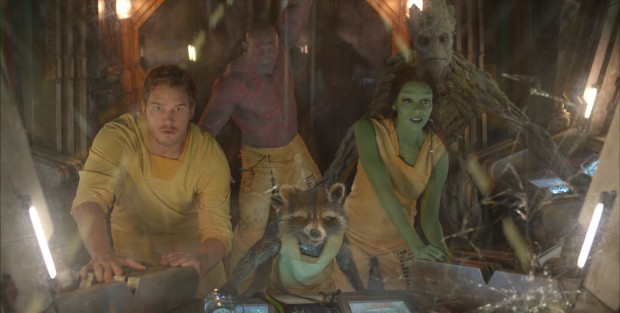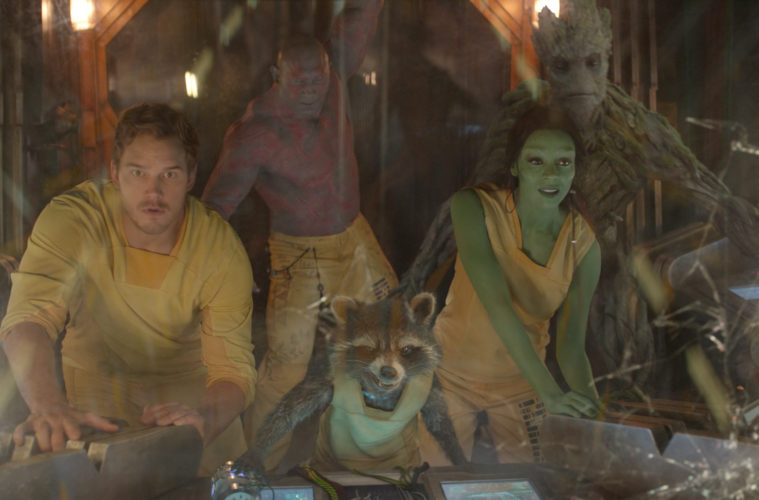
Dailies is a round-up of essential film writing, news bits, and other highlights from across the Internet. If you’d like to submit a piece for consideration, get in touch with us in the comments below or on Twitter at @TheFilmStage.
At Vox, Todd VanDerWerff on the emptiness of Guardians of the Galaxy:
In the best blockbusters of the past, the hero’s emotional arc and the larger story dovetailed in ways that resonated with both. Think, for instance, of how Indiana Jones’s quest for the Ark of the Covenant in Raiders of the Lost Ark dovetails with how he learns to look beyond his own goals to help others. Or think of how Luke Skywalker discovering two robots in Star Wars neatly ties in with his own desire to leave his tiny planet and find great adventure. Even Marty McFly in Back to the Future finds his quest to return to 1985 knitting up nicely with his dreams of having a better family and life.
On the latest episode of The Cinephiliacs, Peter Labuza talks with Stephanie Zacharek.
Watch an interview with Kelvin Pike, camera operator on The Shining:
Fatih Akin tells New York Times that he was inspired by Scorsese, Malick, Leone and Bertolucci for his Venice-bound drama The Cut:
“The Cut” is not just a film about the material, it’s about my personal journey through cinema, and the directors who I admire and who influence my work. Elia Kazan’s “America America” is a very important influence. So is the work of Sergio Leone, how he used framing. It’s also an homage somehow to Scorsese. I wrote this film with Mardik Martin, Martin Scorsese’s very early scriptwriter who wrote “Mean Streets” and the first draft of “Raging Bull.” Because he was Armenian, I discovered him on this project, and he helped me write it. And we spoke a lot about obsessional characters in Scorsese films.
The film deals also a lot with my admiration for Bertolucci, and Italian westerns and how Eastwood adapted Italian westerns. And the way we try to catch the light, always having it behind us, is very inspired by the work of Terrence Malick. So this film is very much in the Atlantic ocean, somewhere near the Azores — for a European film it’s too American, for an American film it’s too European.
At The Guardian, Ryan Gilbey goes behind-the-scenes of Back to the Future:
Romancing the Stone had been a very muddy, arduous shoot, so Back to the Future was simple by comparison – most of it was shot on the lot at Universal, or in neighbourhoods in Pasadena. The most difficult part was the change in lead actor. I remember when we were about five weeks in, I had my suspicions that people weren’t exactly pleased with the casting, and that some kind of change was in the air, but no one had said anything. We were shooting at night, and Bob Zemeckis called the crew together and said he had good news and bad news. The bad news was that we were changing our main cast member and that we’d have to reshoot everything we had done. We all looked at one another, and the general consensus was that this wasn’t bad news.

